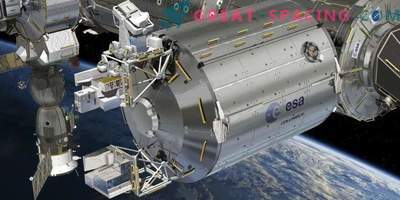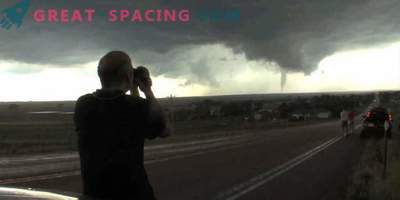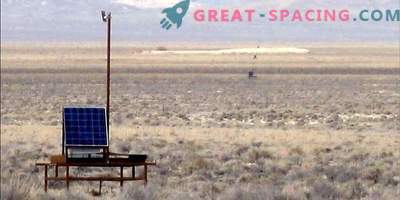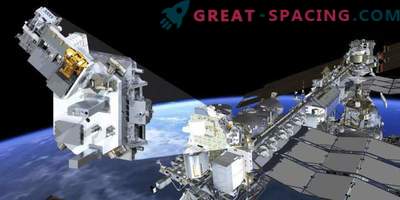
Density of the lightning flash recorded by NASA in the period from 1995-2002
Lightning creates powerful electrical bursts in the earth’s atmosphere almost every second. The inner workings of this magnificent natural power are still a mystery. However, rare observations of ESA astronauts made it possible to find a foothold for the scientific community. Next week, the European detector will begin a zipper hunt from space.
In 2015, cosmonaut Andreas Mogensen flew to the ISS over India at a speed of 28,000 km / h. At that moment, he sent a high-resolution camera to a massive thunderstorm. He managed to catch the blue jet, repeatedly shooting into the upper atmosphere (up to 40 km).
These impressive shots are the first of its kind. The discovery of a pulsating jet made it possible for the first time to look at electrical activity at the top of tropical thunderstorms. Scientists have begun to investigate which cloud types initiate similar phenomena and how this affects atmospheric chemistry.
The analysis showed that the space station at an altitude of 400 km above the clouds is an excellent point of view for the phenomenon.
Back to space
Next week they plan to deliver a sophisticated monitor to the station, designed to track electrical discharges created in stormy weather conditions. Atmosphere-Space Interaction Monitor (ASIM) - a set of optical cameras, light indicators and an X-ray detector. For the first time such a sensitive instrument will be launched into space in order to study the internal anatomy of a lightning. The biggest problem is to measure the phenomenon in its entirety. The time frame covers just a tiny fraction of a second, with a size of several kilometers wide.

Thunderstorm Observed From Space Station
In the atmosphere, thin air slows down and increases discharges, making instruments more likely to observe the phenomenon in full. Large-scale electrical discharges in the upper terrestrial atmosphere are also unique manifestations of the processes occurring inside thunderstorm clouds.
Global view
Lightning affects the concentration of atmospheric gases, which are important for the climate situation. New information will improve our understanding of the effects of thunderstorms on the atmospheric layer.

Atmosphere-space interaction monitor
Measurements will be combined with data from meteorological satellites and ground observations from around the world. The experiment involves more than 100 experts of the planet. ASIM is already inside SpaceX's Dragon capsule. The launch is scheduled for next Monday from Cape Canaveral (Florida).











































